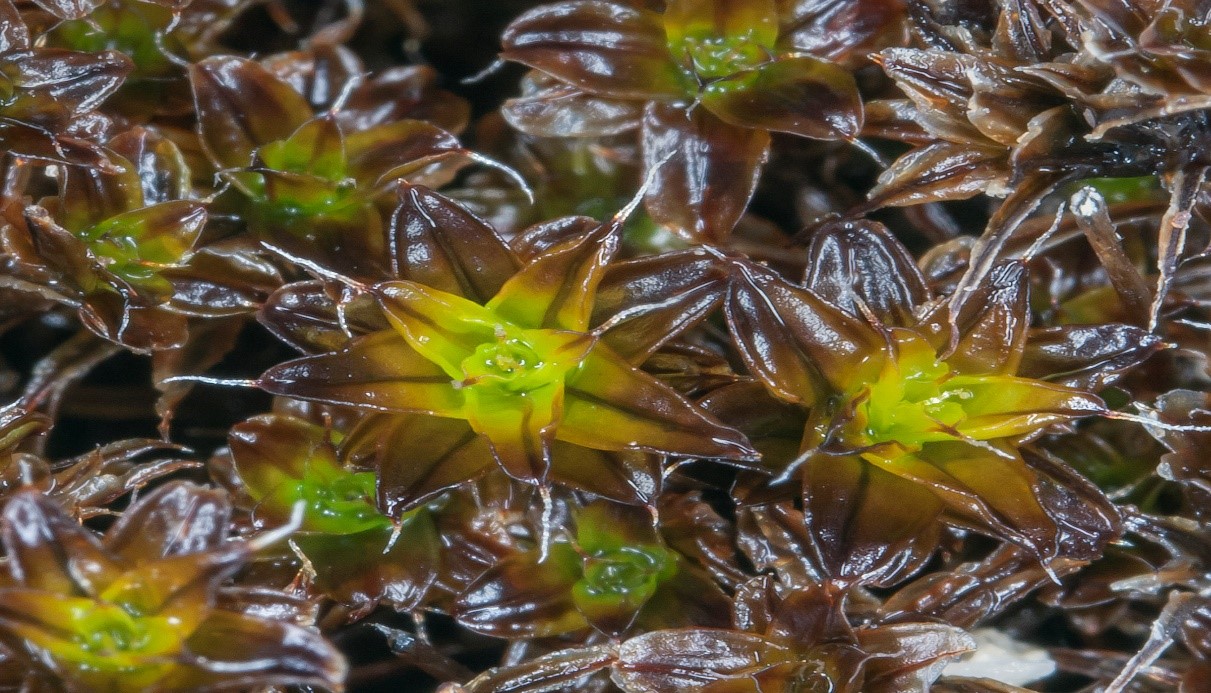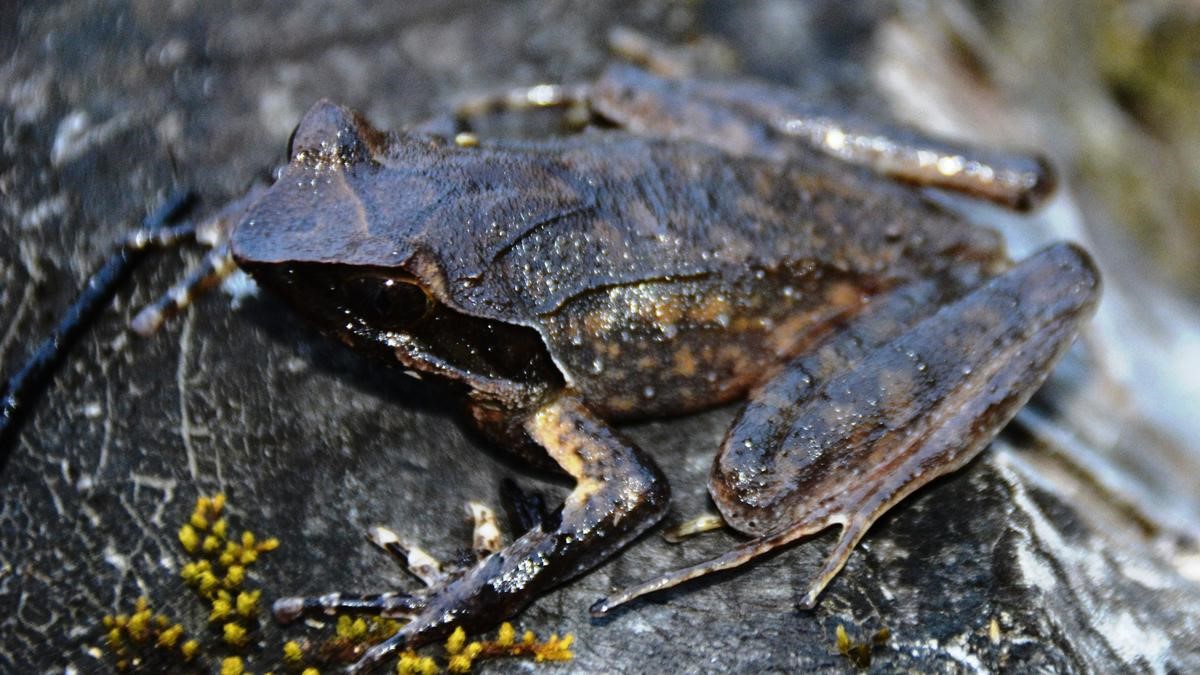Zinc
Researchers have discovered that zinc plays a crucial role in the health of legume crops.
Legume crops are plants that belong to the family Fabaceae which includes beans, chickpeas, peanuts, lentils, lupins, mesquite, carob, tamarind, alfalfa, and clover.
- Zinc’s Role in Nitrogen Fixation- The researchers found that zinc in plants aids in nitrogen fixation.
- The study identifies a key transcription factor that regulates nodule breakdown under high soil nitrogen levels.
- These discoveries can be applied to legume crops such as fava beans, soybeans, and cowpeas.
- Fixation Under Nitrate- Researchers found that legumes use zinc as a secondary signal to integrate environmental factors and regulate nitrogen fixation efficiency through a transcriptional regulator called Fixation Under Nitrate (FUN).
- FUN is an important transcription factor that controls nodule breakdown when soil nitrogen concentrations are high.
- Symbiotic relationship- Legume crops form a symbiotic relationship with rhizobia, a bacterium that fixes atmospheric nitrogen in root nodules.
- Significance- The Continued nitrogen fixation is a beneficial trait, increasing nitrogen availability for both legumes and subsequent crops that rely on residual soil nitrogen.
- Understanding how nitrogen fixation is regulated by zinc and FUN enables researchers to develop strategies to optimize this process in legume crops.
- This could lead to increased nitrogen delivery, improved crop yields, and reduced reliance on synthetic fertilizers.
|
Nitrogen Fixation
|
- Nitrogen fixation is a crucial natural process through which nitrogen (N₂) in the atmosphere is converted into ammonia (NH₃) or related nitrogenous compounds in soil and in living organisms.
- This process is essential for the synthesis of amino acids, nucleotides, and other cellular constituents required for life.
- The nitrogen-fixing bacteria participate in the process of nutrient fixation.
- Nitrogen-fixing bacteria includes Rhizobium (formerly Agrobacterium), Frankia, Azospirillum, Azoarcus, Herbaspirillum, Cyanobacteria, Rhodobacter, Klebsiella, etc.
- 2 types of Nitrogen Fixation
- Biological nitrogen fixation which is carried out by specific bacteria and cyanobacteria (diazotrophs). For example: Rhizobium bacteria, Azotobacter
- Abiotic nitrogen fixation which occurs naturally through lightning strikes and ultraviolet radiation from the sun.
- Nitrification- It is the process that converts ammonia to nitrite and then to nitrate and is another important step in the global nitrogen cycle.
- Most nitrification occurs aerobically and is carried out exclusively by prokaryotes.
|
References
- Down to Earth | Zinc
- Science Direct | Nitrogen Fixation
Senna spectabilis
The forest department of kerela is set to uproot the Senna spectabilis from Wayanad Wildlife Sanctuary.
- It is a deciduous plant species of the legume family (Fabaceae).
- The species is classified as an Invasive Alien Species in India.
An invasive species is an organism that causes ecological or economic harm in a new environment where it is not native.
- Origin- It is native to America.
- Geographic Range- It is widespread in South America, Central America and the Caribbean.
- Morphology- It grows up to 15 to 20 metres which can be evergreen in climates with rain all year round.
- Habitat- It inhabits moist and seasonally dry forests including pine and coastal forest, disturbed or secondary woodland, caatinga and cerrado.
- Inhibitors-The dense foliage of the tree hinders the growth of native trees and grasses, leading to food shortages for herbivores.
- It significantly affects the germination and growth of the native species.
- IUCN Status- The plant is classified as 'Least Concern'
|
Wayanad Wildlife Sanctuary
|
- The Wayanad Wildlife Sanctuary in Kerala is formed in 1973.
- The sanctuary was carved out of two territorial divisions- Wayanad and Kozhikode.
- The sanctuary is located on the southern part of Western Ghats.
- It is a part of the Nilgiri Biosphere Reserve and also an Elephant Reserve.
- The sanctuary is significant because of ecological and geographic continuity with other protected areas such as
- Bandipur Tiger Reserve and Nagarhole National Park of Karnataka in north-eastern portion.
- Mudumalai Tiger Reserve of Tamil Nadu in south-eastern side
- The vegetation comprises of tropical semi-evergreen forests, moist mixed deciduous forests, dry mixed deciduous forests, bamboo forests, and marshy grasslands.
|
Reference
The Hindu | Senna spectabilis
Down syndrome
A recent research study has discovered first Case of Down Syndrome in Neanderthals.
- It is a genetic disorder caused when abnormal cell division results in an extra full or partial copy of chromosome 21.
- Human cells normally contain 23 pairs of chromosomes, One chromosome in each pair comes from father and mother.
- Causes- Down syndrome typically occurs spontaneously during fetal development due to errors in cell division, rather than being inherited.
- This can impact the development of the brain and body, and is usually associated with developmental delays, mild to moderate intellectual disability, and characteristic physical features.
- Symptoms- At birth, babies with Down syndrome usually have certain characteristic signs, including:
- flat facial features
- small head and ears
- short neck
- bulging tongue
- eyes that slant upward
- atypically shaped ears
- poor muscle tone
- Genetic variations- Three genetic variations can cause Down syndrome
- Trisomy 21- In about 95% of cases, Down syndrome results from trisomy 21, where a person has three copies of chromosome 21 instead of the usual two, due to abnormal cell division during egg or sperm development.
- Mosaic Down syndrome- In mosaic Down syndrome, some cells have an extra copy of chromosome 21 due to abnormal cell division after fertilization, leading to a mix of normal and abnormal cells.
- Translocation Down syndrome- In this syndrome, a portion of chromosome 21 attaches to another chromosome before or at conception. These individuals have the usual two copies of chromosome 21, along with extra genetic material from chromosome 21 attached to another chromosome.
- Treatment- Presently, there’s no cure for Down syndrome, treatment can help people reach their full potential.
References
- Earth |Down syndrome
- Mayoclinic|Down syndrome
Syntrichia caninervis
Recently, Scientists have identified a species of desert moss called 'Syntrichia caninervis'.
- It is also known as the tortula moss or twisted moss.

- Plant group- Bryophyte (moss).
Bryophytes are a familiar group of non-vascular, nonflowering and seedless plants.
- Habitat- Found in arid and semi-arid regions.
- It can grow on soil, rocks, and sometimes on other plants.
- Distribution- Commonly found in deserts and dry areas around the world, including Antarctica and the Mojave Desert, North America, Europe, and Asia.
- Features- It has a remarkable capacity to withstand temperatures as low as −196°C.
- The plant can handle extreme cold, extreme radiation levels and drought.
- This land plant is highly tolerant to multiple stresses and can act as a pioneer species, aiding in ecosystem establishment and maintenance by contributing to oxygen production.
- Adaptations- It can quickly rehydrate and resume photosynthesis after rainfall or dew.
- Significance
- Space exploration- The discovery of new species could be a game-changer for future space exploration and colonisation efforts.
- The plant could possibly be able to survive and grow in the harsh climate of Mars.
- Soil Stabilization- It helps in stabilizing soil in arid regions, preventing erosion.
- Nutrient Cycling- It plays a role in the cycling of nutrients in its habitat, especially in nutrient-poor environments.
References
- NDTV | Syntrichia caninervis
- Wionews | Syntrichia caninervis
Xenophrys apatani
Researchers from the Zoological Survey of India have recorded new species of forest-dwelling horned frog in Talle Wildlife Sanctuary, Arunachal Pradesh.
- Nomenclature- The frog has been named after the dominant Apatani community in recognition of their ingenuity in the conservation of wild flora and fauna.
The Apatani, also known as Tanw, Apa, and Apa Tani, are a tribal group of people who live in the Ziro Valley of Arunachal Pradesh, India.
- Biogeographic distribution- Along the Eastern Himalayan and the Indo-Burma biodiversity hot spots.
- Significance- The discovery of Xenophrys apatani emphasizes India's diverse biodiversity and underscores the importance of detailed taxonomic studies in comprehending our natural heritage.
- It represents a notable addition to the country's reptile and amphibian diversity.

|
Talle Wildlife Sanctuary
|
- Talley Valley Wildlife is a protected wildlife sanctuary as well as a bio-diversity hotspot in Arunachal Pradesh.
- It lies between Subansiri, Sipu and Pange rivers surrounded by densely forested mountains ranging for 2,000 to 4,000 mtr. altitude.
- Talley – It is a plateau with dense forest of silver fir trees, pine clad plateau of beautiful grandeur, and a vast wasteland.
- Forest types- Sub-tropical broad leafed, temperate broad leafed, and temperate conifer types.
- Fauna - The area has some of the most important endangered species including the clouded leopard.
- UNESCO has proposed the Apatani valley for inclusion as a World Heritage Site for its “extremely high productivity” and “unique” way of preserving the ecology.
|
Reference
The Hindu | Xenophrys apatani

